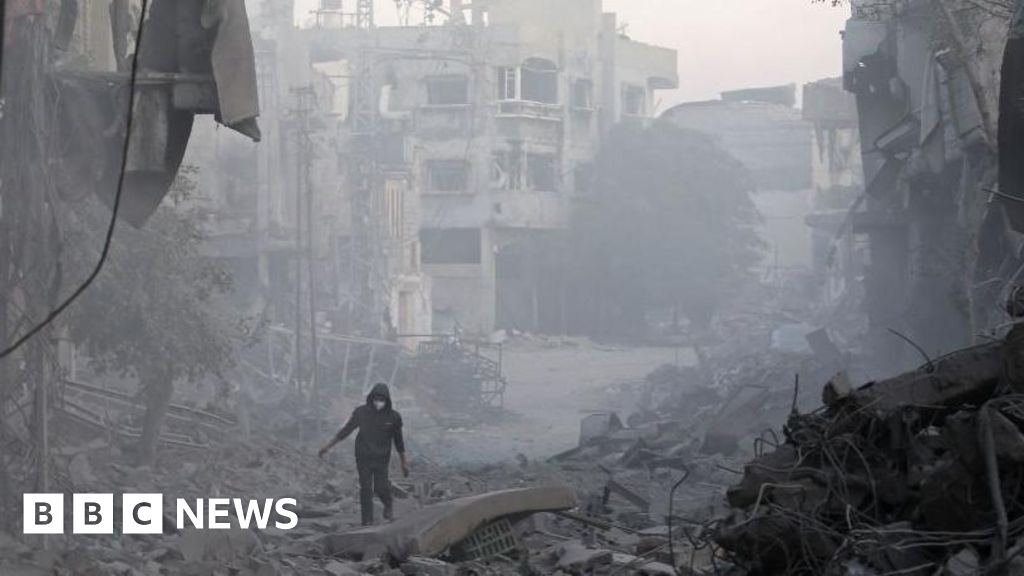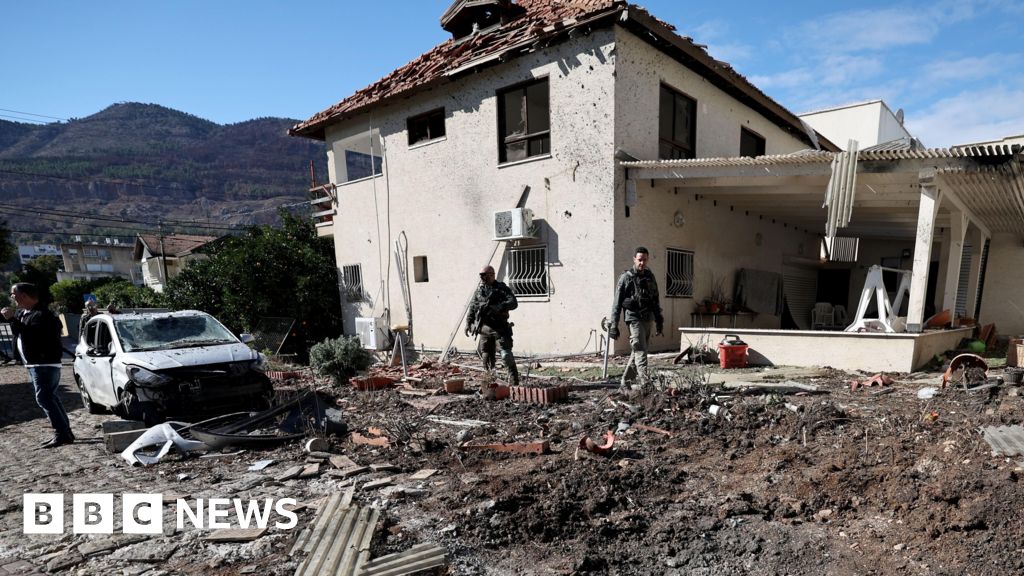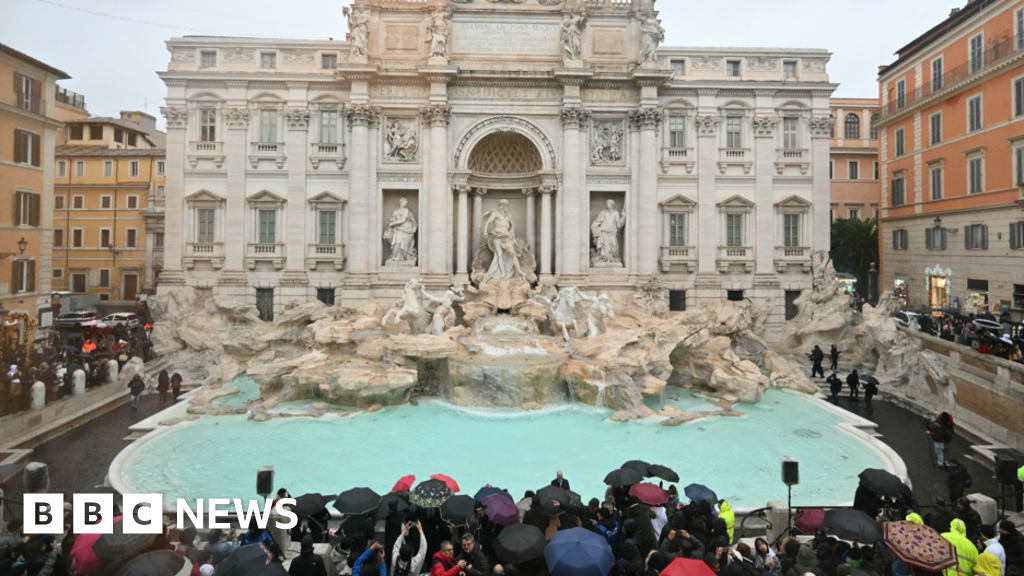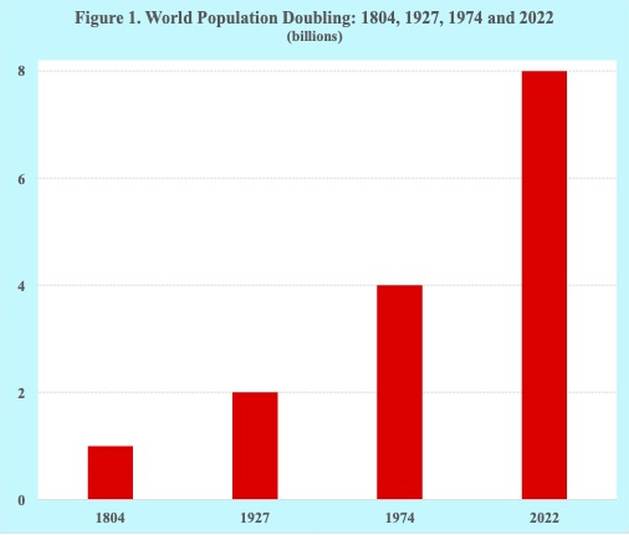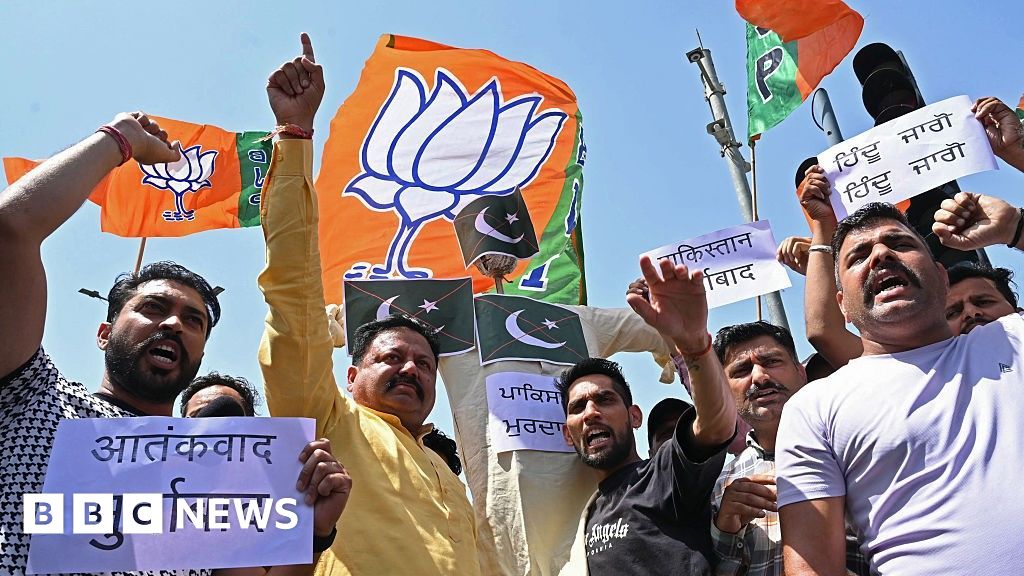Gaza ceasefire hopes rise as pressure grows on Hamas and Israel
 AFP
AFPThe outline of the Gaza ceasefire and hostage release deal currently being discussed by Israel and Hamas at indirect talks in Doha has been on the table since May. So why is there fresh anticipation that it could work, after being frozen for eight months of the war?
There are several things that have shifted – both politically and on the ground.
The first is the election of Donald Trump as the next US president.
He has threatened that “all hell” would break loose if the hostages were not released before he took office on 20 January.
Hamas may well read that as a sign that even the flimsy brakes the Biden administration used to try and rein in the Israeli government would be lifted, though it is hard to imagine what that might mean for a territory already so shattered by 15 months of war.
Israel too is feeling the pressure from the incoming president to end the conflict in Gaza, which threatens to interfere with Trump’s hopes to secure a wider regional deal, and his desired image as a president who ends wars.
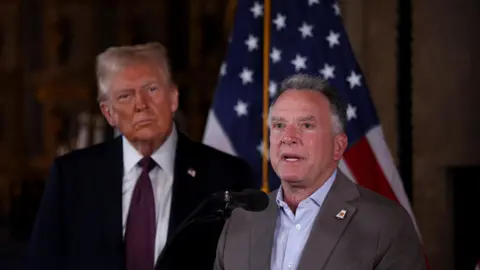 Reuters
ReutersOn the other hand, Israeli Prime Minister Benjamin Netanyahu faces continued pressure from his far-right coalition allies to continue the war.
But Trump could also be an asset for him in persuading his allies to swallow the deal and stay in the government; the new US president and the man he picked as Israeli ambassador are seen as supportive of Israel’s settlements in the occupied West Bank, which Israel’s far-right Finance Minister, Bezalel Smotrich, has said he wants to annex.
But after a meeting with the prime minister last night, Smotrich appeared unconvinced, writing on social media that the current deal was “a catastrophe” for Israel’s national security and that he would not support it.
Some in Israel, though, believe that both Smotrich and his far-right ally, National Security Minister Itamar Ben-Gvir, see their current role in Israel’s government as their best chance to cement control over the West Bank, especially with Trump returning to the White House, and that they are unlikely to follow through with their threats to quit.
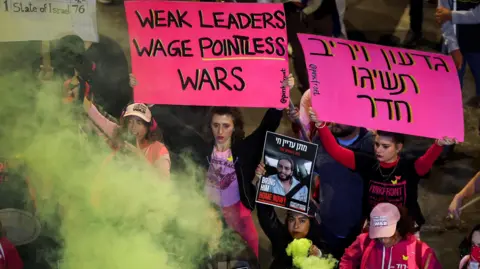 Reuters
ReutersThe second thing that has shifted is growing pressure on Netanyahu from his own military establishment.
Key figures are widely reported to have challenged him repeatedly on the dwindling military goals in continuing the war, after the killing of the top Hamas leadership, and the decimation of Gaza.
Last week, 10 Israeli soldiers were killed in Gaza, shining a fresh spotlight on the costs of the war to Israel, and on the perennial question of whether the “total victory” over Hamas that Netanyahu has promised is achievable.
Some analysts now suggest that Hamas is rebuilding faster than Israel is defeating it, and therefore Israel needs to reconsider its strategy.
And there’s a third – regional – shift playing into the shift in expectations here too: the weakening and erosion of Hamas allies in Iran’s “Axis of Resistance”, from Hezbollah in Lebanon to Bashar al-Assad in Syria, along with killing of Hamas leader Yahya Sinwar in Gaza.
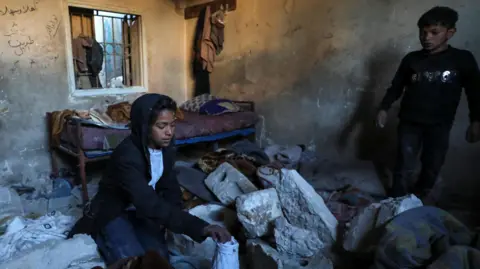 Reuters
ReutersFor all these reasons, now is seen as the best chance in months to bridge the gaps between Israel and Hamas and bring an end to the war.
What has not shifted in the eight months since they were last negotiating are the gaps between them.
Key among them is a direct conflict between the key concern of Hamas, which wants to end the war, and that of Israel, which wants to keep the door open to resuming the conflict, whether for political or military reasons.
The deal, as outlined by President Joe Biden in May, is divided into three phases, with a permanent ceasefire only coming into effect in phase two.
Success now will likely depend on whether guarantees can be found to allay Hamas fears that Israel will pull out of the deal after the first phase of hostage releases.
Questions over how to administer territory that Israel pulls back from are also unclear at this stage.
But the web of diplomacy criss-crossing the region over the past week, and the fact that Netanyahu has sent the heads of Israel’s security agencies to the talks in Doha, along with a key political adviser, are encouraging signs.
So too is the departure for Doha of the Palestinian detainee co-ordinator, Qadoura Fares.
The deal is not yet done – and talks have fallen apart before.
This old deal is fuelling fresh hopes partly because negotiations are taking place in a new regional context, with growing pressures both internally and from key allies abroad.
Check out our Latest News and Follow us at Facebook
Original Source

